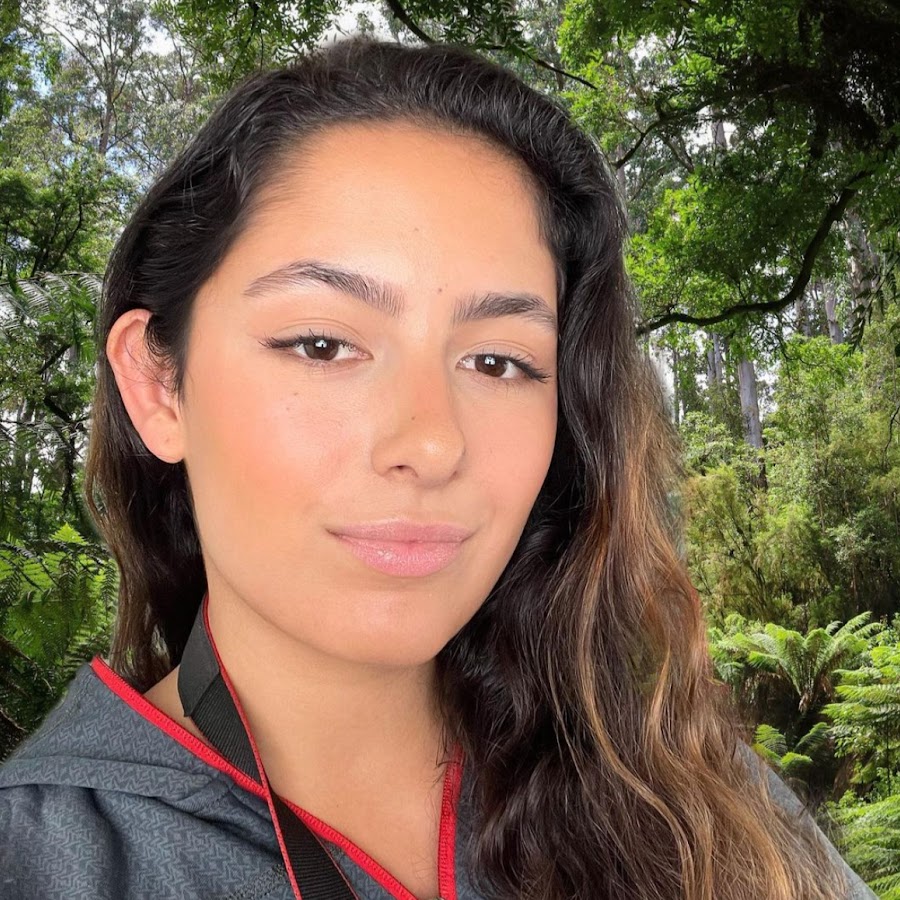In the realm of modern healthcare, tissue banking stands as a cornerstone, contributing significantly to patient care and medical advancements. Ashlee Morgan delves into the multifaceted impact of tissue banking, ranging from enabling transplantation therapies to fostering breakthroughs in medical research.
Understanding Tissue Banking
Tissue banks are instrumental in collecting, processing, preserving, and distributing a diverse array of biological tissues, sourced from both deceased and, in some cases, living donors. From heart valves and skin to bones and tendons, these tissues undergo meticulous screening, cleaning, and preservation procedures, making them invaluable for transplantation into patients or for use in scientific research.
Enabling Transplantation Therapies
The direct impact of tissue banking on patient care is exemplified through transplantation therapies. Tissue grafts, meticulously procured and processed, offer life-saving and life-enhancing benefits to patients worldwide. Heart valve allografts address congenital heart defects, bone allografts aid in bone replacement post-tumor removal or injury, while skin and corneal grafts provide critical solutions for severe burn victims and individuals with eye injuries or diseases, respectively.
Reducing Surgical Risks
Tissue banking plays a vital role in mitigating surgical risks associated with graft procurement. Unlike autografts, where the patient’s tissue is harvested, allografts eliminate the need for secondary surgeries, reducing associated risks and expediting recovery. Rigorous donor screening processes further diminish the risk of disease transmission, ensuring the safety of transplant procedures.
Enhancing Quality of Life
The impact of tissue banking extends beyond mere medical procedures; it significantly contributes to enhancing the quality of life for patients. Ligament allografts, for example, empower individuals to regain mobility and resume regular activities or sports. Facial allografts offer a sense of normality to patients recovering from disfiguring injuries or surgeries.
Facilitating Medical Research
Tissue banking serves as a vital resource for medical research, fostering breakthroughs in disease understanding and treatments. Human tissues from various banks contribute to studies on neurodegenerative diseases, such as Alzheimer’s and Parkinson’s, leading to advancements in therapeutic strategies that indirectly benefit patient care Ashlee Morgan.
The Way Forward: Future Potential
As tissue banking continues to evolve, new potentials in healthcare emerge:
Regenerative Medicine: Tissue banks are venturing into providing stem cells and other regenerative medicine products, holding immense potential for healing and regenerating damaged tissues.
Personalized Medicine: Stored human tissue samples empower researchers to develop more personalized therapeutic strategies tailored to a patient’s genetic makeup.
Advancement in Storage Techniques: Ongoing advancements in cryopreservation and lyophilization techniques ensure better tissue survival, enhancing their viability and effectiveness in patient care.
In conclusion, tissue banking’s profound impact on patient care is evident across various fronts, from direct contributions to transplantation therapies to its crucial role in advancing medical research. As the field continues to evolve, the potential for breakthroughs in regenerative medicine and personalized therapeutic strategies further underscores its pivotal role in shaping the future of healthcare Ashlee Morgan.



